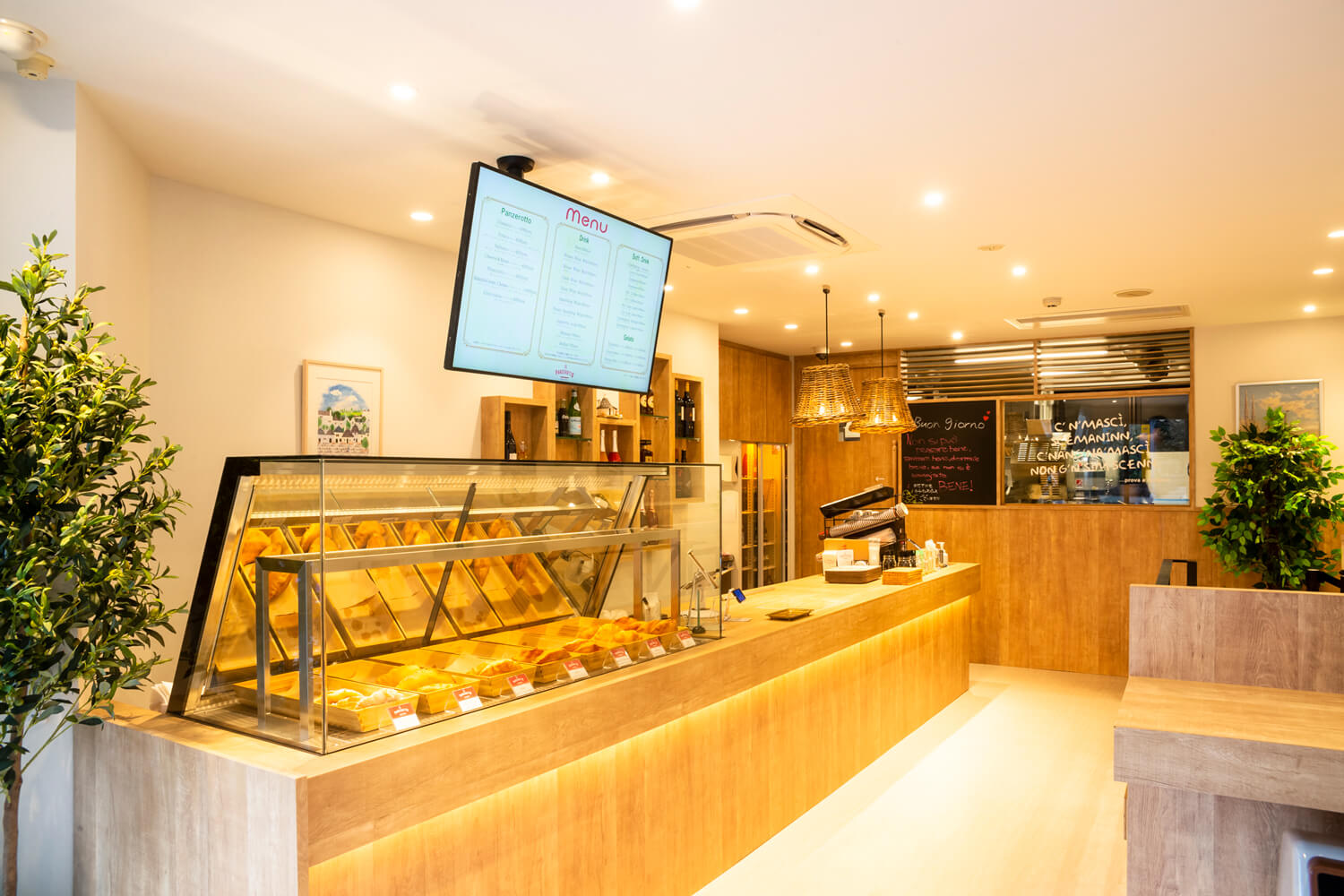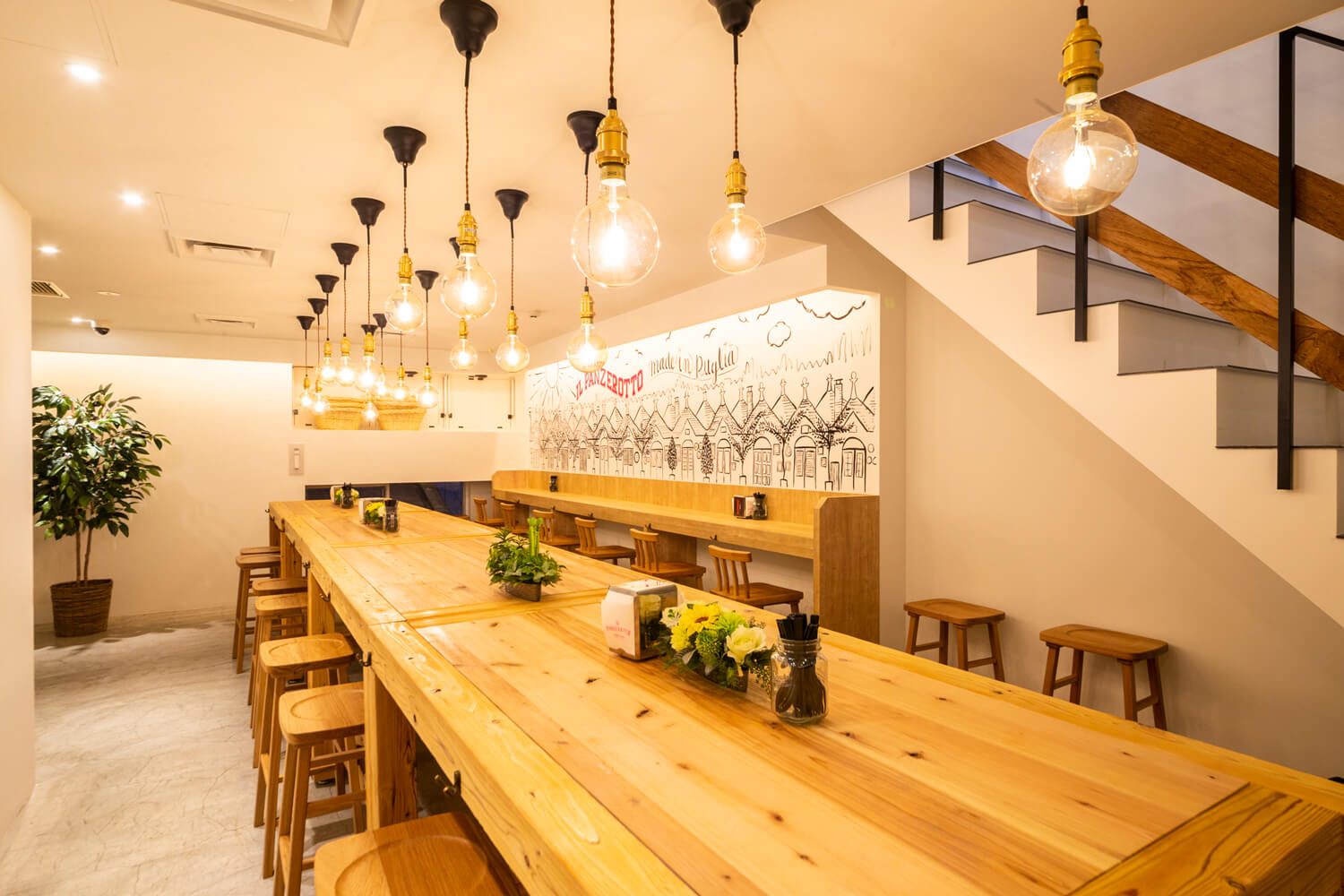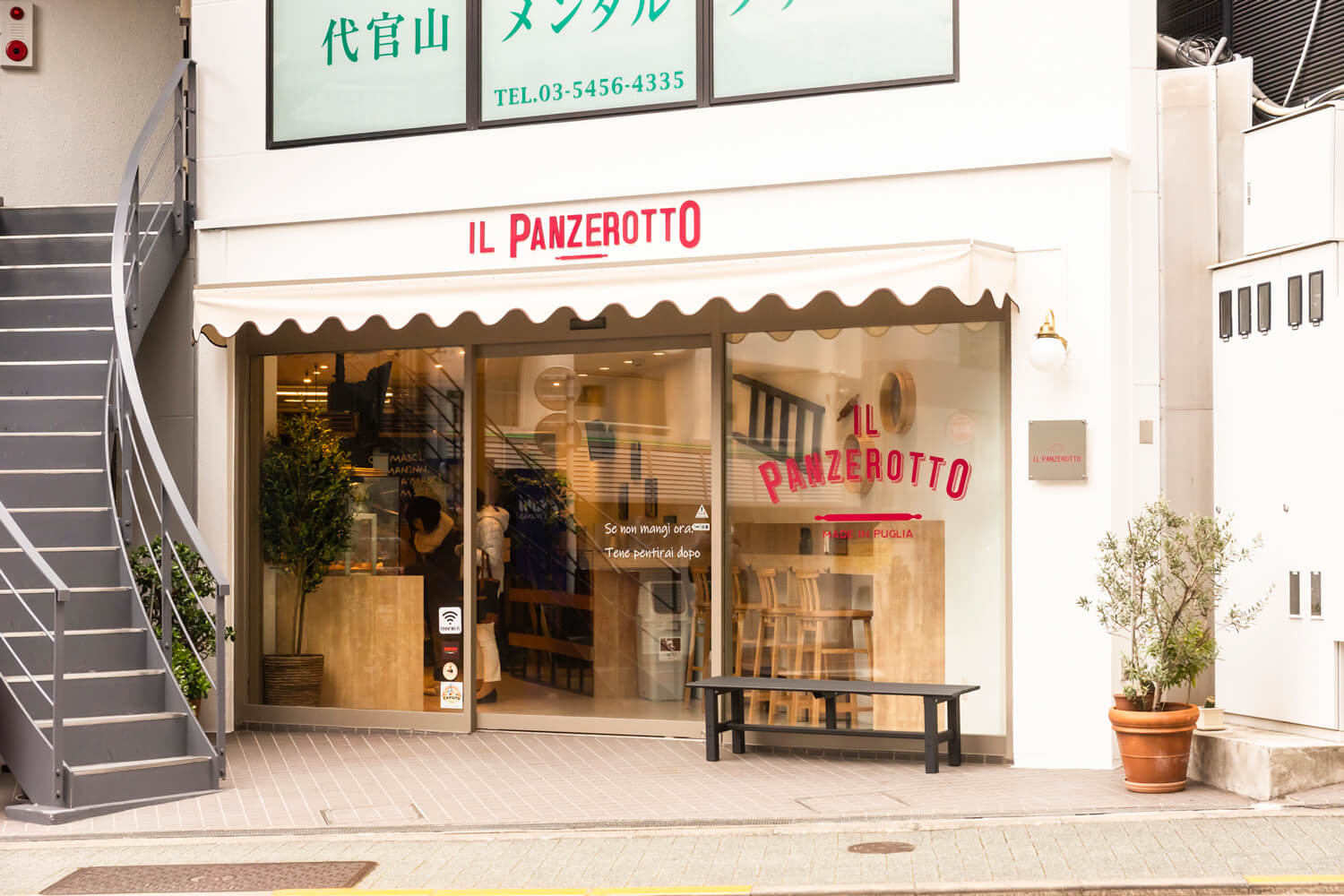Check Out Il Panzerotto in Daikanyama for the Ultimate Italian Snack

Photographs of cheese dripping deliciously from the seams of freshly fried bread have been showing up on lots of Instagram stories recently. This is ‘panzerotto’, a deep-fried food in which pizza dough is stuffed with a filling such as cheese, dry-cured ham, or salmon. A kind of family-style cooking from the Italian region of Apulia, which faces the Mediterranean Sea, panzerotto is appreciated as a convenient snack that can be held in one hand. The closest Japanese equivalent is perhaps onigiri (rice ball wrapped in nori seaweed, with flavoring inside).
Authentic panzerotto has arrived in Japan thanks to the opening of Il Panzerotto near the Daikanyama Station. Although it sounds like it would be a greasy food, the chefs have developed their own panzerotto technique for yielding a smooth, light texture. In this arrangement, milk is mixed into the dough, allowed to rise for two days, and then formed into thin sheets for deep-frying. Prepared in sizes about 11 cm x 17 cm (4½ in. x 6½ in.), it’s a scrumptious snack that doesn’t lie heavily on the stomach afterwards.
‘Classico’, the most popular, is filled with mozzarella cheese and tomato sauce, seasoned with oregano. The result? A distinctive, thoroughly cheesy texture embedded in resilient dough with a touch of salt, enormously popular. The hottest new Italian snack shop—you must check it out!




Il Panzerotto
1F•B1 HBLD Daikanyama, 20-9 Daikanyamacho, Shibuya-ku, Tokyo
Telephone: 03-6416-0824
Hours: 11:30 a.m. until 8:00 p.m.
Closed irregularly
www.ilpanzerotto.jpTRENDING
-
The Tattoos that Marked the Criminals of the Edo Period
Traditional tattoos were strong signifiers; murderers had head tattoos, while theft might result in an arm tattoo.

-
Paris, Tokyo: Robert Compagnon
With his co-chef and talented wife, Jessica Yang, Robert Compagnon opened one of the top new restaurants in Paris: Le Rigmarole.
 3:31
3:31 -
Chiharu Shiota, Red Threads of the Soul
Last year, more than 660,000 people visited the retrospective 'Chiharu Shiota: The Soul Trembles' exhibit at the Mori Art Museum.

-
‘Before Doubting Others, Doubt Yourself. Who Can Truly Say a Dish Isn’t What It Used to Be?’
In ‘A Non-Conformist’s Guide to Surviving Society’, author Satoshi Ogawa shares his strategies for navigating everyday life.

-
The Story of Sada Yacco, the Geisha who Bewitched Europe
Described by Dazed magazine as the first beauty influencer, she has been restored to her former glory since 2019.





